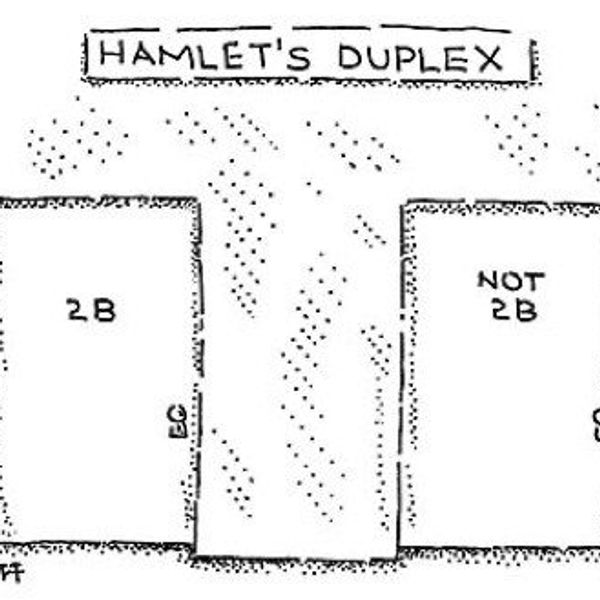If giving critical feedback has ever left you feeling close to indigestion, then this alluring approach is sure to soothe your aching appetite.
Throughout all of my encounters with constructive criticism, there’s been no more effective way to deliver a piece of information that through the one and only Compliment Sandwich. I first encountered this phrase during my freshman year Creative Writing course with University of Colorado graduate student, Monica Koenig.
The Compliment Sandwich is the action of chronologically placing two very real compliments on either side a piece of constructive criticism, whether giving advice on creative writing, how to ride a bike, or relationships alike. She argued that this is the most positive way to give and receive constructive criticism, and the entire class must abide this way. No need to rush to the grocery store to prepare; all it takes is a little thought.
How to Make Your Own
Imagine consuming one of your favorite sandwiches. Maybe you’re sitting in an exciting restaurant, ordering from a food truck window, on the phone in your apartment calling for take-out, or simply sifting through the sour milk and funny-looking chicken for those last pieces of bread in the back of your fridge.
Now that you’re good and hungry, begin to take that sandwich apart. Excluding that side of fries or bowl of fruit, the first essential piece of ‘The Sandwich’ as most commonly referred to includes two slices of bread, or the like, on either side of something delicious inside (I apologize to my gluten-free, breadless, sandwich-topless friends for the stereotypical metaphor; work with me here). Begin to take a daring look inside.
The outermost layer of the sandwich, ‘the bread’, signifies the compliments delivered to the third party; this leaves the delicious insides of your sandwich, whether it is a burger patty with cheese, peanut butter and jelly, potato chips and Nutella, or whatever other creative foods can fit between two slices of the scrumptious shell.
‘The insides’ of your sandwich signify the constructive criticism that the third party receives on whatever type of discourse or argument. And thus, a beautiful, little Compliment Sandwich is created: compliment, criticism, compliment.
Why It’s ImportantThis eloquent way of forming constructive criticism provides the third party with positive feedback about what went well, information about what to change, and a graceful way of delivering it that will provide the least amount of hurt feelings. The receiver feels encouraged by the initial compliment which provides a safe avenue for the constructive criticism. The discussion ends with a compliment for the receiver to leave uplifted instead of torn down by the feedback. Feel no shame for digging unapologetically into this exquisite creation; from personal experience, it’s undoubtedly a customer favorite.
Example: Compliment: “I love the title and the opening paragraph of this essay. It’s truly engaging and intriguing; you do a great job of hooking your reader from the very first line.” Criticism: “However, I felt a little lost with your train of thought on this argument. The organization of the essay could be something to work towards revising.” Compliment: “Regardless, I really appreciate your passion for the stance you argue in this essay; it’s sure to make a great impact on every reader.”


















